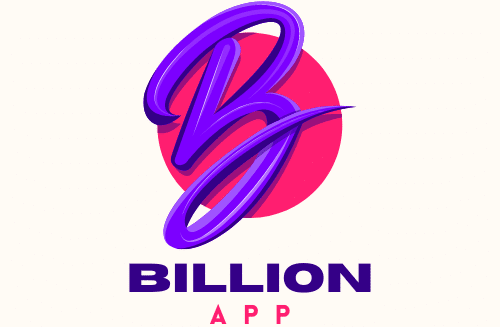What are the steps to develop a mobile app for UK's local government services?
In today's fast-paced digital world, local governments in the UK are increasingly turning to mobile apps to improve their public services. Developing a mobile app for local government services involves numerous steps, from initial planning to final deployment. This article examines these steps in detail, providing a comprehensive guide for authorities aiming to enhance their digital services and improve the user experience for their communities.
Identifying the Objectives and Scope
Before diving into the technical aspects of app development, it is crucial to define the objectives and scope of the project. Local authorities must pinpoint the specific services that the app will offer. This could range from reporting potholes and booking community centers to accessing government data and paying council taxes.
A lire aussi : What are the best practices for developing an AI ethics policy for UK’s tech companies?
Community engagement is key at this stage. Engaging with your community to understand their needs and expectations will help shape the app's features. Surveys, town hall meetings, and feedback forms are effective methods to gather this information. Once you have a clear understanding of what people want, outline the scope of the app, detailing the services, target users, and expected outcomes.
Planning and Research
Planning is the backbone of any successful app development project. During this phase, you'll need to establish a timeline, budget, and a dedicated project team. Conducting thorough research is also essential. Look into case studies of other local governments that have successfully launched mobile apps. What were their best practices? What challenges did they face, and how did they overcome them?
En parallèle : What are the key considerations for developing a GDPR-compliant marketing strategy in the UK?
Selecting the right technology stack is another critical decision. Whether you choose to develop a native app, a hybrid app, or a web app will affect the overall user experience, development cost, and maintenance efforts. Consider consulting with third-party experts or software development companies specializing in government digital projects for their insights and recommendations.
Design and User Experience
A well-designed app not only looks good but also ensures a seamless user experience. The design phase involves creating wireframes and prototypes to visualize the app’s layout and features. Collaboration with a design team skilled in gov design principles is recommended to align the app with established design systems used in the public sector.
User experience is paramount. Ensure the app is intuitive, easy to navigate, and accessible to all users, including those with disabilities. Incorporate user feedback from the planning phase to fine-tune the design. Remember, a positive user experience will encourage more people to use the app, thereby maximizing the impact of your digital services.
Development and Testing
This is where your app starts to come to life. The development phase involves writing the code, integrating the necessary software components, and ensuring that the app functions as intended. A well-structured development process typically follows an agile methodology, allowing for iterative improvements based on ongoing feedback.
Security is a primary consideration, especially when dealing with sensitive government data. Ensure that your app complies with the latest security standards and regulations. Utilize encryption, secure authentication methods, and regularly update the app to address any vulnerabilities.
Testing is an indispensable part of the development process. Conduct various tests, including functional testing, usability testing, and performance testing, to identify and resolve any issues. Involve real users in the beta testing phase to gather genuine feedback and make necessary adjustments before the official launch.
Deployment and Maintenance
After thorough testing and refinements, the app is ready for deployment. Choose the appropriate platforms – both iOS and Android are recommended to reach a broader audience. Once the app is live, promote it through government websites, local media, and community outreach programs to ensure that people are aware of its availability.
Maintenance is an ongoing process. Regularly update the app to add new features, improve performance, and fix any bugs. Continuously monitor user feedback and analytics to understand how the app is being used and identify areas for improvement. Engage with the community to keep them informed about updates and encourage their ongoing involvement.
Developing a mobile app for the UK's local government services requires meticulous planning, robust development, and continuous improvement. By following these steps, local authorities can create effective and user-friendly digital services that cater to the needs of their communities. This digital transformation not only enhances access to government services but also fosters a stronger connection between local governments and the people they serve.
Remember, the ultimate goal is to provide a digital service that simplifies and improves the lives of your community members. By embracing technology and adhering to best practices, you can achieve a successful digital transformation and set a benchmark for other local governments to follow.
